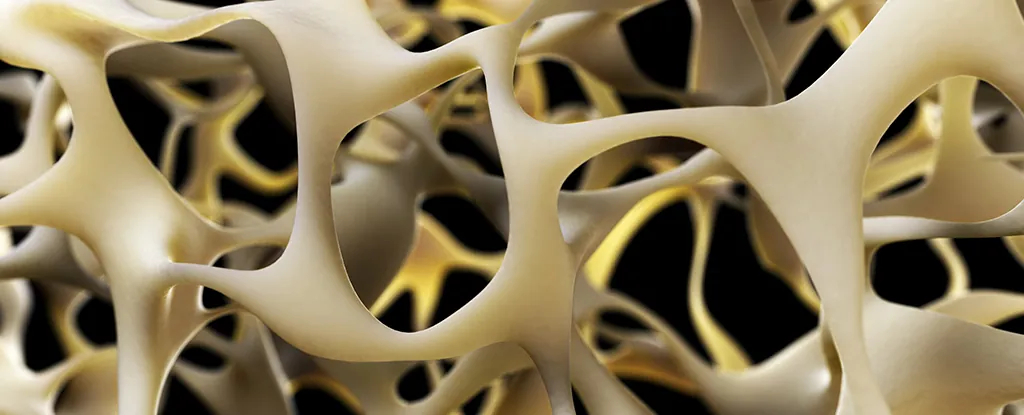
Revolutionary Discovery May Hold Key to Osteoporosis Treatment
2025-09-21
Author: Ming
A Game-Changer for Bone Health!
Scientists are buzzing about a groundbreaking new study that reveals an essential mechanism in our bodies responsible for bone strength, which could revolutionize treatment for osteoporosis, a condition that affects millions globally.
Unlocking the Secrets of GPR133
Led by a team from the University of Leipzig in Germany and Shandong University in China, the research highlights a cell receptor known as GPR133 (or ADGRD1) that plays a pivotal role in maintaining bone density through bone-building cells called osteoblasts. Previous studies hinted at the importance of variations in the GPR133 gene related to bone density, prompting researchers to explore the protein it produces.
Promising Research Results
In a series of groundbreaking experiments, researchers tested mice with and without the GPR133 gene, some even treated with a chemical compound named AP503. Mice lacking this crucial gene displayed weakened bones mirroring symptoms of osteoporosis. However, the introduction of AP503 significantly improved bone strength and production when GPR133 was activated.
"Using AP503, we managed to dramatically enhance bone strength in both healthy and osteoporotic mice," stated biochemist Ines Liebscher from the University of Leipzig.
Joining Forces with Exercise
Notably, AP503 acts like a biological switch that energizes osteoblast activity, yielding even more robust bones especially when combined with physical exercise! This dual approach could herald a new era in osteoporosis management.
Hope on the Horizon for Human Patients
While these findings come from animal studies, the underlying mechanisms are highly likely to be relevant to human biology too. "When GPR133 is genetically altered, it exhibits a loss of bone density at a young age—similar to osteoporosis in humans," Liebscher explained.
The Future of Osteoporosis Treatment
The research opens doors for potential treatments not only to strengthen already healthy bones but also to rebuild weakened bones in those suffering from osteoporosis, particularly in post-menopausal women.
Osteoporosis: A Global Concern
Osteoporosis remains a pressing health issue, impacting millions and often leading to debilitating fractures. While current therapies can slow its progression, none can reverse the damage, and many come with serious side effects or diminish in effectiveness over time.
A Glimmer of Hope
The findings surrounding GPR133 underscore the immense potential this receptor holds for innovative medical applications, especially as our population ages. Molecular biologist Juliane Lehmann from the University of Leipzig emphasized the exciting implications this could have for our health in the years to come.




 Brasil (PT)
Brasil (PT)
 Canada (EN)
Canada (EN)
 Chile (ES)
Chile (ES)
 Česko (CS)
Česko (CS)
 대한민국 (KO)
대한민국 (KO)
 España (ES)
España (ES)
 France (FR)
France (FR)
 Hong Kong (EN)
Hong Kong (EN)
 Italia (IT)
Italia (IT)
 日本 (JA)
日本 (JA)
 Magyarország (HU)
Magyarország (HU)
 Norge (NO)
Norge (NO)
 Polska (PL)
Polska (PL)
 Schweiz (DE)
Schweiz (DE)
 Singapore (EN)
Singapore (EN)
 Sverige (SV)
Sverige (SV)
 Suomi (FI)
Suomi (FI)
 Türkiye (TR)
Türkiye (TR)
 الإمارات العربية المتحدة (AR)
الإمارات العربية المتحدة (AR)